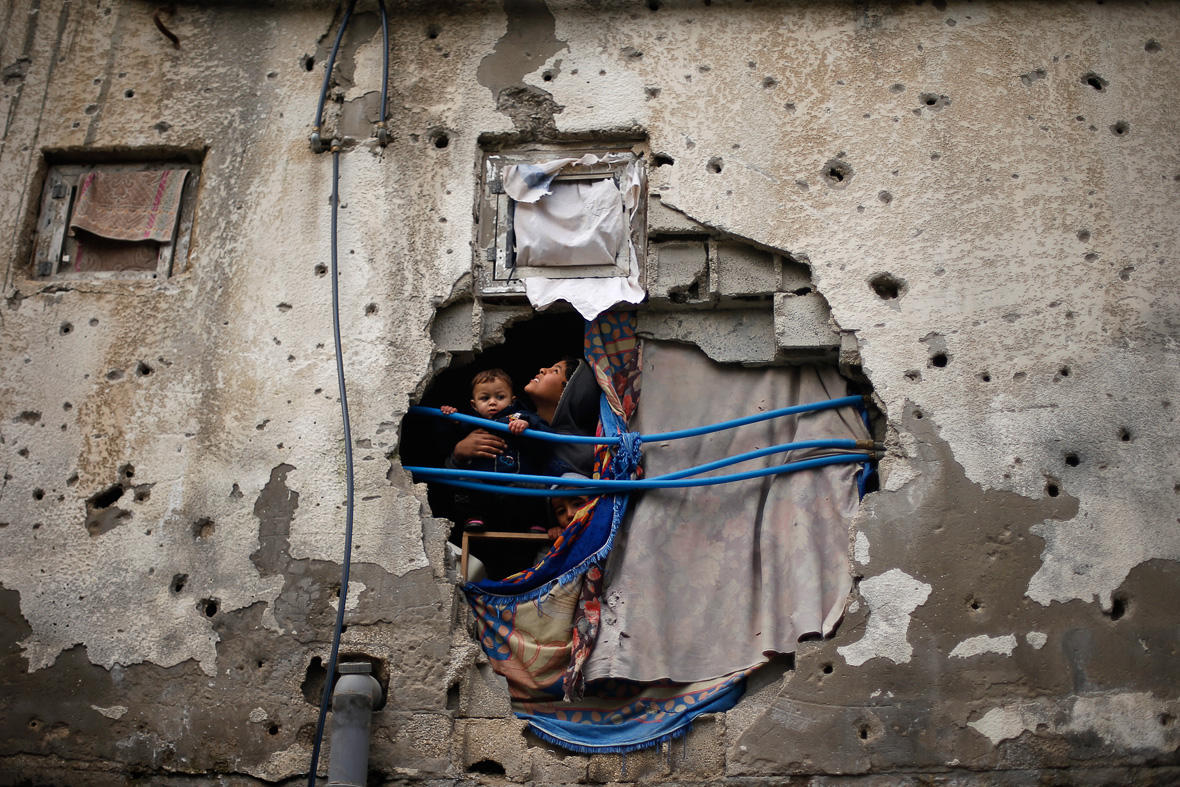In the enchanting fable “The Little Prince”, Antoine de Saint-Exupéry’s poignant words, “all grown-ups were once children… but only few of them remember it,” resonate deeply when considering the tragic reality of war’s impact on children. Unlike adults, who may grasp the political complexities and historical context of war, children experience it through a raw, unfiltered lens of evil and loss. Children’s understanding of war differs vastly from the adult perspective. Adults, exposed to violence over time, can develop a sense of numbness. They may become desensitized to the suffering around them. Children, however, experience it viscerally, retaining the rawness and depth of their emotions. Their experience, unfiltered by the mental armour of adults, exposes the naked evil of war in ways adults often cannot, or choose not to, see. Recognizing the unique lens through which children experience war is fundamental. Children’s stories are not simply windows into the immediate horrors of war, but testaments to its long-term effects. The trauma they experience shapes their perceptions of safety, trust, and justice. It impacts their education, relationships, and ability to cope with emotions. These burdens ripple through generations, perpetuating cycles…
Infographic Insights: How Israel Targets Palestinian Children
February 7, 2024



